By Daniel Dunaief
Performance on tests, essays and presentations can often reflect as much, if not more, about what’s going on with a student outside the classroom as it does during a course.
A sociologist by training who earned her PhD from Rutgers, Shelley Germana, Senior Associate Provost for Undergraduate Education at Stony Brook University, recognized the impact and importance of health, family life, and financial strains when she taught a class of conditionally admitted students to Rutgers University.
“It’s the first time I realized [student performance] was largely about the non-academic stuff,” said Germana. “I was teaching as if it was just about academics, give them theory, give them concepts, break down the information for them. It wasn’t about that.”
Instead, mental health and social challenges, among others, affected how well they did in class.
That realization changed her career path from a plan to become an educator into one in which she dedicates herself to student success.
Indeed, fast forward to today, and Germana helped create the Summer Academic Resilience Program Stony Brook for students in 2024 who were struggling academically after their first year.
The five credit summer course, which was offered as part of a pilot program for 30 students, was given at no cost to the students. While living on campus and having access to dining facilities, the students not only received classroom support, but also had wrap around services.
This includes accessibility support, mental health aid, and employment. Students took a three-credit general education course and a two-credit academic success course for five weeks.
The students in this course had grade point averages that were close to or below 2.0, which could have led to a suspension.
The effort on the part of the students and the school paid dividends, with four students still below 2.0 in the fall and the remainder above that threshold. At the same time, 11 students earned a grade point average above a 3.0 this past fall.
“What this demonstrates is that this degree of structured, holistic support can be really transformative,” said Germana.
The university is preparing for the 2025 summer session and is hoping to increase the number of student participants to 50.
Embracing a bigger role
Provost Carl Lejuez applauded the work Germana has done with this pilot program and her overall efforts on behalf of student success.
Germana “was in the number two role for undergraduate education for many years and everyone was really aware of how hard she worked and how talented and strategic and student focused she was,” said Lejuez. “I was really excited about the possibility of her being in that role and it has worked out in every way I thought it would.”
Indeed, in academic year 2024-2025, Stony Brook had record enrollment, while the university has also managed to increase student retention to around 90 percent.
“That’s because of the holistic approach she takes,” said Lejuez.
Germana credits a number of other parts of the university for the increasing percentage of students who return for their second year of classes.
“Everybody has a hand in student success and retention, from student affairs to faculty,” said Germana. “It’s all part of the package.”
Germana added that student advisors have had a positive influence on success as well.
In a recent Boyer Commission report that looks ahead to 2030, the commission has specific recommendations for advising, including lowering case loads. This enables advisors to meet regularly with students.
The commission also urges advisors to move beyond academic support and into areas like the transition from high school to college.
“The recommended case loads were lower than what we had at Stony Brook,” said Germana. The administration, from the president to Lejuez supported the university’s investments in academic advisors.
Germana and Vice President for Student Affairs Rich Gatteau run a working group that meet regularly to discuss holistic success and have advocated for greater support for advisors.
Two years ago, Stony Brook invested about a million dollars in adding academic advisors.
The university plans to make a similar type of investment again this year.
“What I love about [Germana] is that she understands traditions and best practices and is always working with people to be innovative and think about new ways to do it.”
Flipping the script
Germana suggested that institutions of higher learning have sometimes approached struggling students by suggesting they have a learning deficit.
While she does not dismiss the fact that some students have preparation issues, she prefers to focus on the assets they bring to the classroom, despite the challenges they face in their lives.
“We should not be underestimating what the students bring” to the classroom, Germana said.
“They are clearly capable or they would not have been admitted,” said Germana.
Like some students at Stony Brook, Germana, who is a native of southern New Jersey, is the first member of her family to attend college.
Higher education is a “transformative experience” that has enriched her life.
She added that the college experience and the opportunities that follow are empowering.
Stony Brook can and should be a “place where they’re going to grow and transform and become citizens of the world,” Germana added.

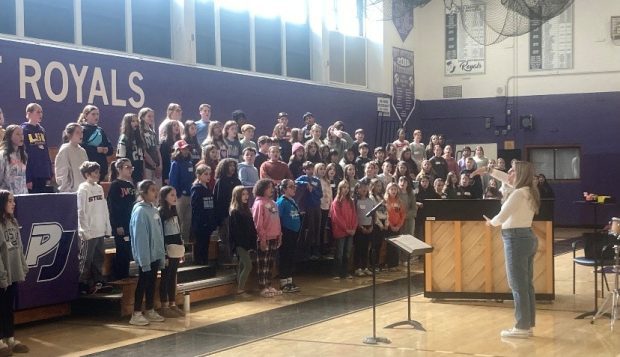



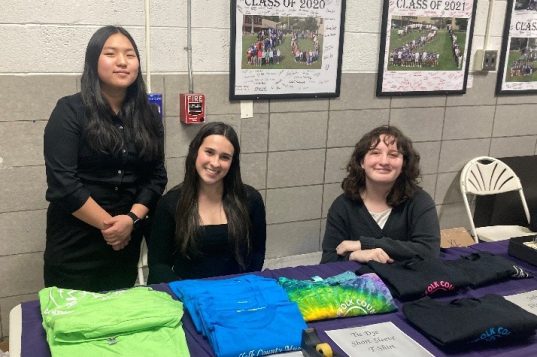

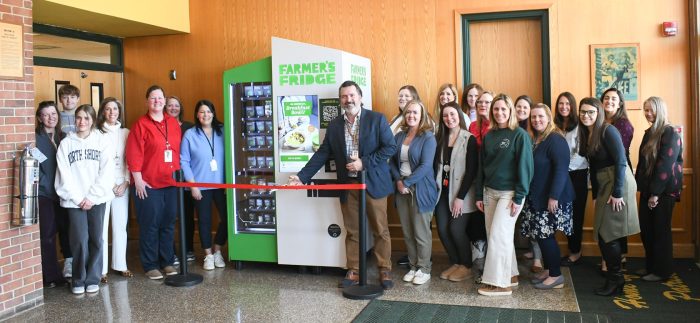
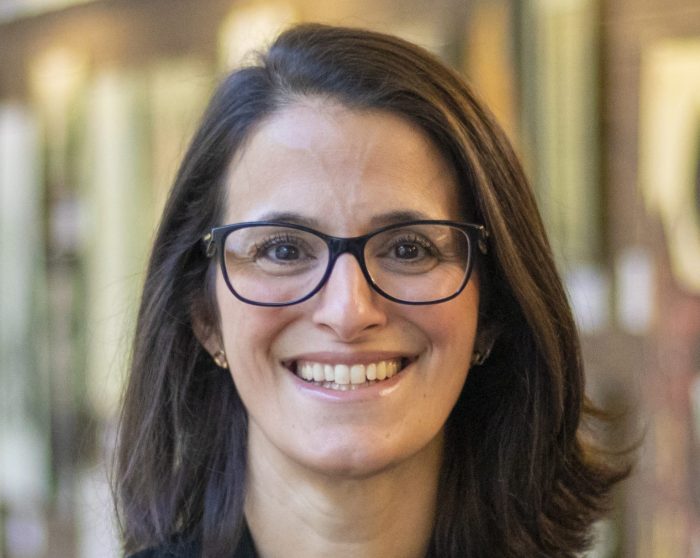





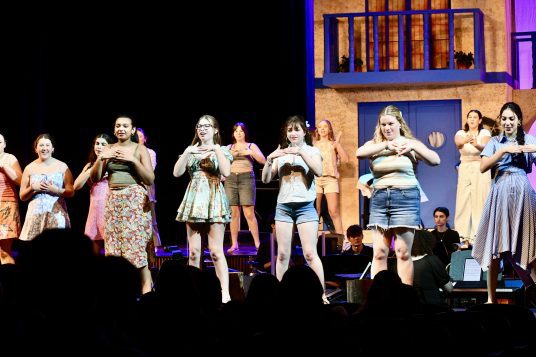

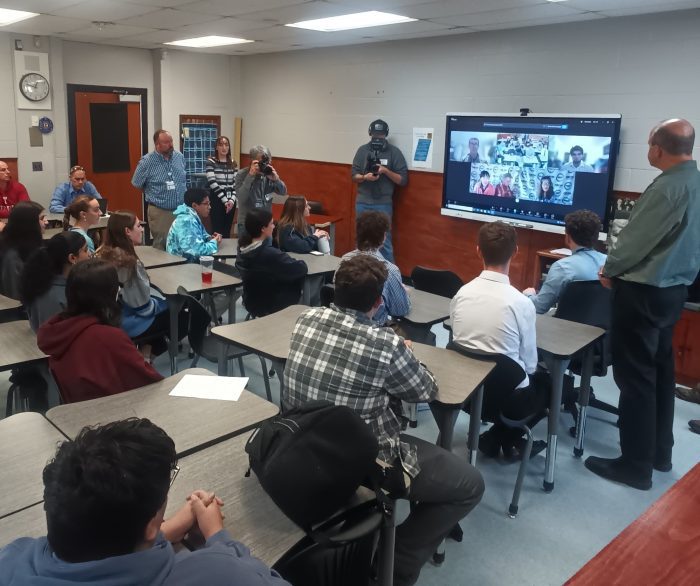
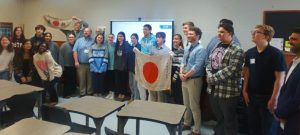


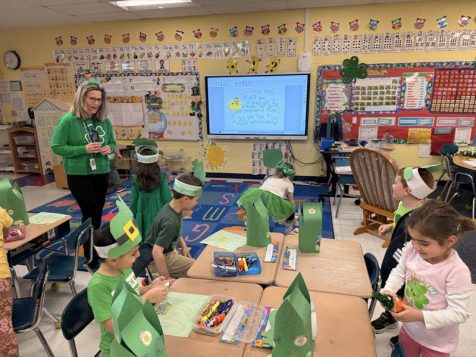
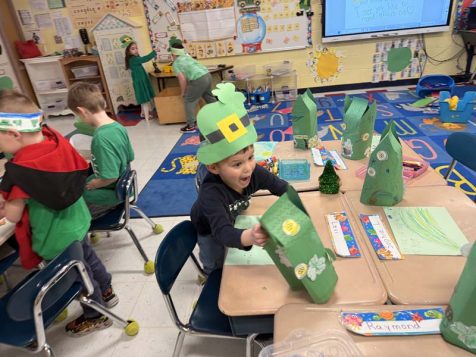





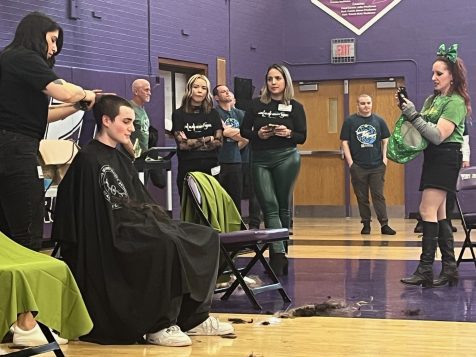


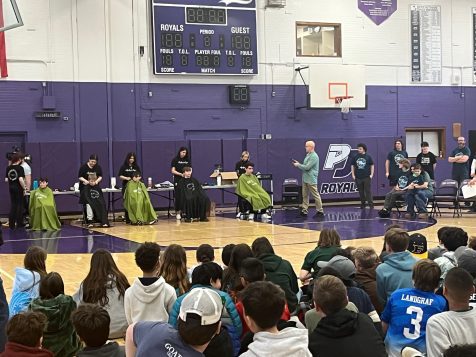



 The following high schools that will be Invited in the exhibition: Bayport Blue Point, Bell Port, Centereach, Comsewogue, Connetquot, East Islip, Earl L. Vandermeulen, Hauppauge, Saint John the Baptist, Saint Anthony’s, Longwood, Miller Place, Mt. Sinai, Newfield, Patchogue-Medford, Rocky Point, Sachem East, Sachem North, Sayville, Shoreham Wading River, Smithtown, and Ward Melville.
The following high schools that will be Invited in the exhibition: Bayport Blue Point, Bell Port, Centereach, Comsewogue, Connetquot, East Islip, Earl L. Vandermeulen, Hauppauge, Saint John the Baptist, Saint Anthony’s, Longwood, Miller Place, Mt. Sinai, Newfield, Patchogue-Medford, Rocky Point, Sachem East, Sachem North, Sayville, Shoreham Wading River, Smithtown, and Ward Melville.


